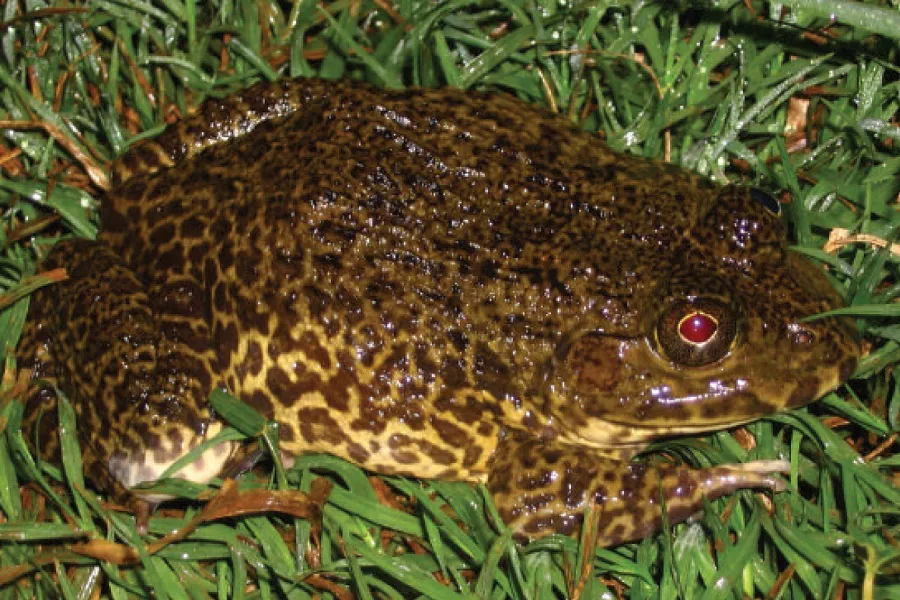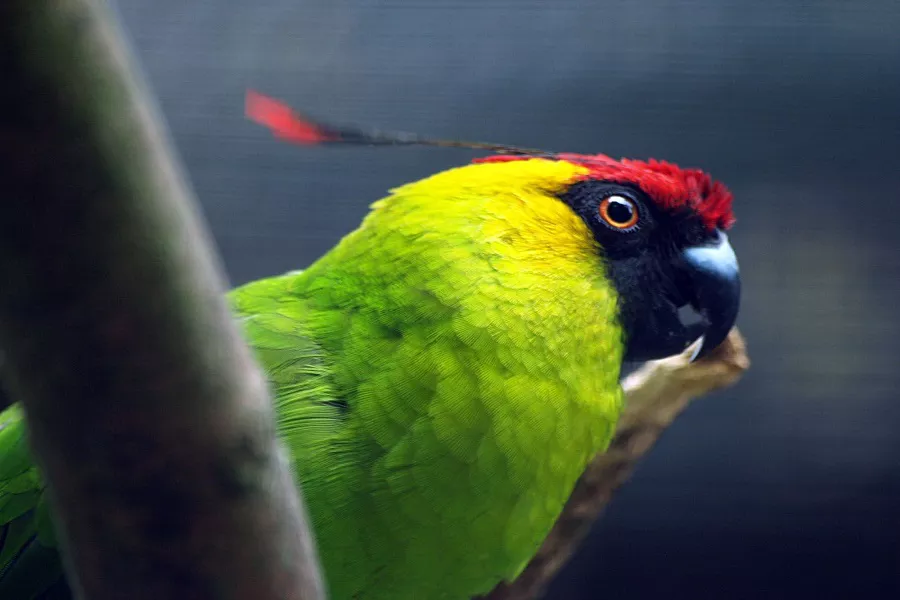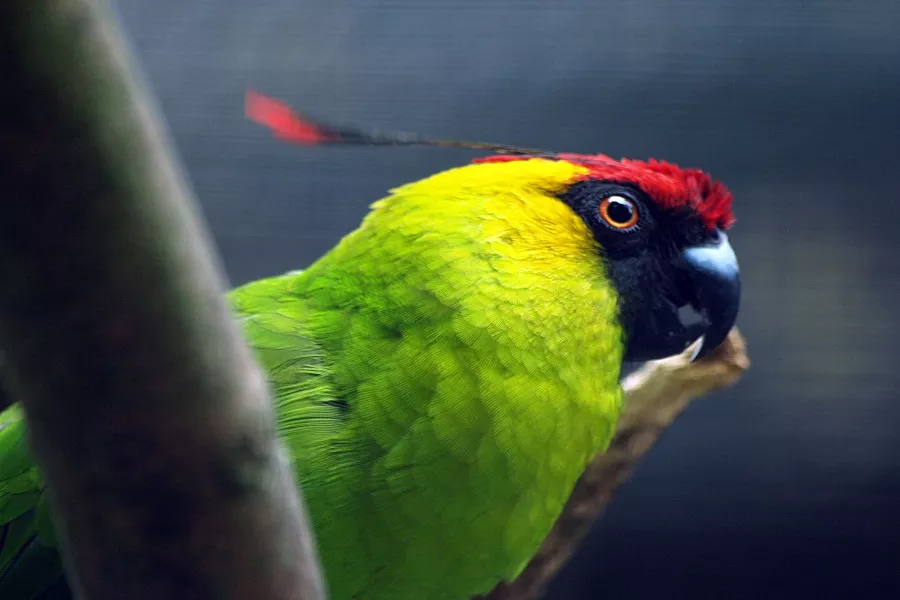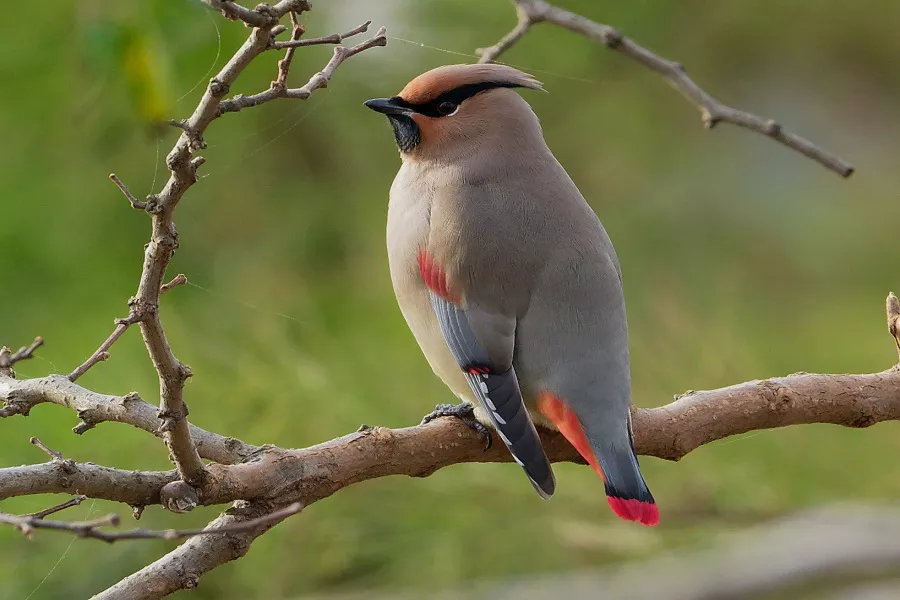What is chinese edible frog?
The chinese edible frog (scientific name: Hoplobatrachus rugulosus) is a fork-tongued frog family and a genus of tiger frogs. The body is large, the male frog is 66-98 mm long, the female frog is 87-121 mm long, and the body weight can reach about 250 grams.
What does a chinese edible frog look like?
Male frogs are 66–98 mm long, and female frogs are 87–121 mm long and weigh up to 250 grams. [5] The length of the head is slightly larger than the width of the head and the tip of the snout is blunt, the length of the snout is 1.5-2 times the diameter of the eye, the edge of the snout is blunt, and the cheeks are inclined outward. The tympanic membrane is less than the width of the upper eyelid. The maxillary teeth are sharp and the vomer teeth are about 3/4 of the eye diameter. Two bony odontoids coincide with the two depressions in the upper jaw.
The short fingers of the forelimb are short, the first and third fingers are almost equal in length, and the fourth finger is shorter than the first and third fingers but longer than the second finger. The blunt tip of the second and third fingers is obvious. There are no webs between the fingers, the inner palm is slightly prominent, and there is no outer palm. The hind limbs are short, the tibiotarsal joint reaches the tympanic membrane when the body is stretched forward, and the left and right heels meet, and a few overlap slightly. , The free lateral margin membrane of the first and fifth toes is well developed, the lateral intermetatarsal web reaches the base of the plantar, and the inner metatarsal process is narrow and long, with a free edge and no outer metatarsal process.
Rough skin on the back, no dorsal folds There are longitudinal skin ridges of different lengths and irregular distribution on the back, up to more than 10 lines in most cases. There are also skin ridges on the upper eyelid, which are arranged in an arc along the eyelid. There are small warts on the tibia. The warts on the tibia are often arranged in longitudinal rows, and there are fine particles on the lateral side of the tarsal and the bottom of the metatarsus.
living habits of chinese edible frog
Tiger frogs often live in paddy fields, ditches, ponds, reservoirs, swamps and other places with water below 900 meters above sea level, and their habitats change with different life periods such as foraging, breeding, and overwintering. During the breeding season, they mainly live in still and shallow water areas such as paddy fields. When young frogs lived in caves such as ridges and crevices made of stones, they only put their heads out of the caves. If there was food activity, they would quickly prey on them. When attacked by an enemy, it hides in the cave. In the hours after dusk, tiger frogs are most active, especially in the evening, when they are very excited.
feeding chinese edible frog
Tiger frogs are carnivorous animals. In nature, they mainly prey on insects such as locusts, butterfly moths, dragonflies, and beetles. Tiger frog tadpoles feed on natural food such as protozoa, algae, and organic debris in water. The tiger frog is different from other frogs in that it can not only prey on active food, but also can directly find and eat static food without domestication. Selective to static food, generally prefer food with muddy smell, such as fish meat, snail meat, earthworms, etc. Tiger frogs prey mainly at night, with less prey during the day. Tiger frog tadpoles metamorphose quickly, so the growth period of the frog is relatively long. Its growth rate is relatively fast, and after 4-5 months of feeding, it can reach the specifications of first-class commercial frogs. It usually takes about 1 month for tiger frogs to grow from eggs to metamorphosis. After metamorphosis, frogs gain weight quickly when the temperature is about 30°C, sufficient feed, and proper management. The daily weight gain can be It reaches 6% of its body weight. After about 3 months of feeding, the average individual can reach more than 100 grams, and the larger one can reach 150 grams.


























